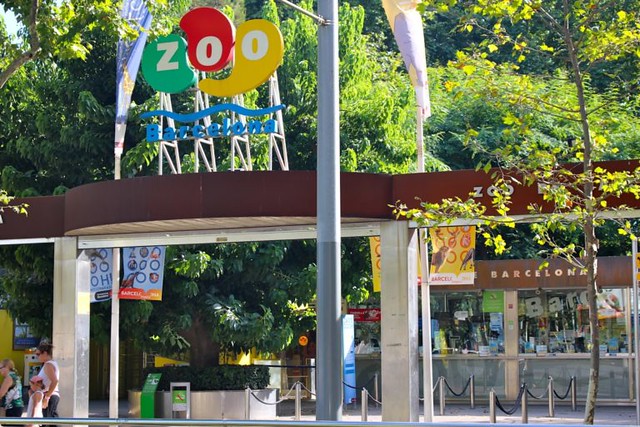To describe a picture or an image in English, you should follow these steps:
Introduction
· The photo / picture shows...
· It was taken by / in...
· It's a black-and-white / coloured photo.
What and where
· In the foreground/background there are... / there is... / you can see...
· On the left/right there are... / there is... / you can see...
· At the top/At the bottom there are... / there is... / you can see...
· In the middle/centre there are... / there is... / you can see...
· Behind/In front of ... there are... / there is... / you can see...
Who and what
 To describe the persons or animals in the picture and explain what is happening, you have to use the Present Continuous: He is walking / They are sleeping / ...
To describe the persons or animals in the picture and explain what is happening, you have to use the Present Continuous: He is walking / They are sleeping / ...
Personal opinion
· It seems as if...
· The woman / boy / cat / child seems to...
· I think... / believe... /guess...
· I (don't) like the picture because...
For well skilled students, or those who want to improve their description skills, here you have a presentation with some exercises that could help you:
Describing a Picture in English

















